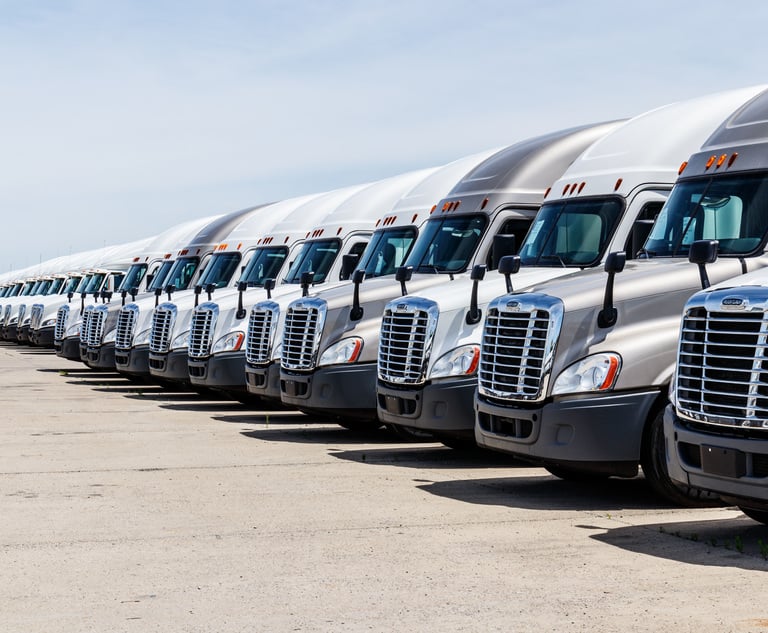In complex multi-party construction accident cases, applicability of commercial general liability (CGL) coverage and workers' compensation (WC) 1B coverage is an oft-litigated issue. Most construction contracts require subcontractors to obtain separate WC and CGL policies.
General contractors will routinely require subcontractors to name the general contractor and owner as "additional insureds" on their policies. The WC 1B carrier provides liability coverage for bodily injury sustained by an employee, excluding coverage of the employer for contractual indemnity but covering it for common law indemnity or contribution. The CGL carrier provides coverage to the employer for contractual indemnity but excludes coverage for common law indemnity or contribution pursuant to the CGL employee exclusion.
In labor actions, upstream parties such as the owner and general contractor typically assert common law indemnity/contribution and contractual third-party claims against the plaintiff's employer. In order for third-party claims seeking contribution and common law indemnity to survive against an employer, the injured employee must have suffered a "grave injury" within the meaning of the WC Law Section 11.
Want to continue reading?
Become a Free PropertyCasualty360 Digital Reader
Your access to unlimited PropertyCasualty360 content isn’t changing.
Once you are an ALM digital member, you’ll receive:
- All PropertyCasualty360.com news coverage, best practices, and in-depth analysis.
- Educational webcasts, resources from industry leaders, and informative newsletters.
- Other award-winning websites including BenefitsPRO.com and ThinkAdvisor.com.
Already have an account? Sign In
© 2024 ALM Global, LLC, All Rights Reserved. Request academic re-use from www.copyright.com. All other uses, submit a request to [email protected]. For more information visit Asset & Logo Licensing.








